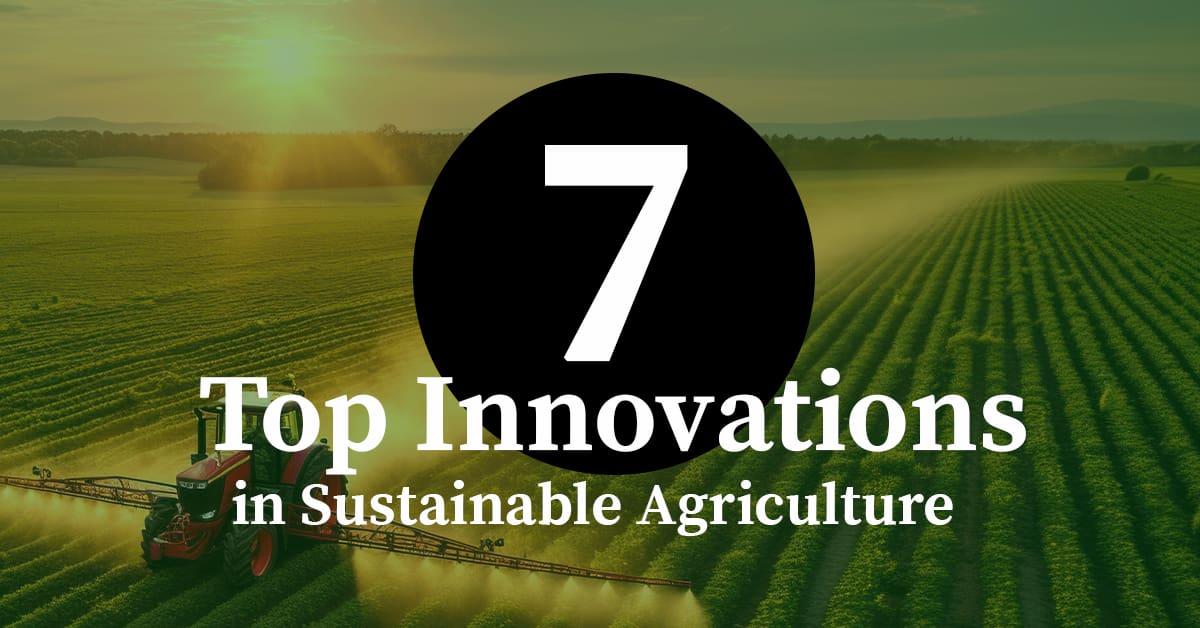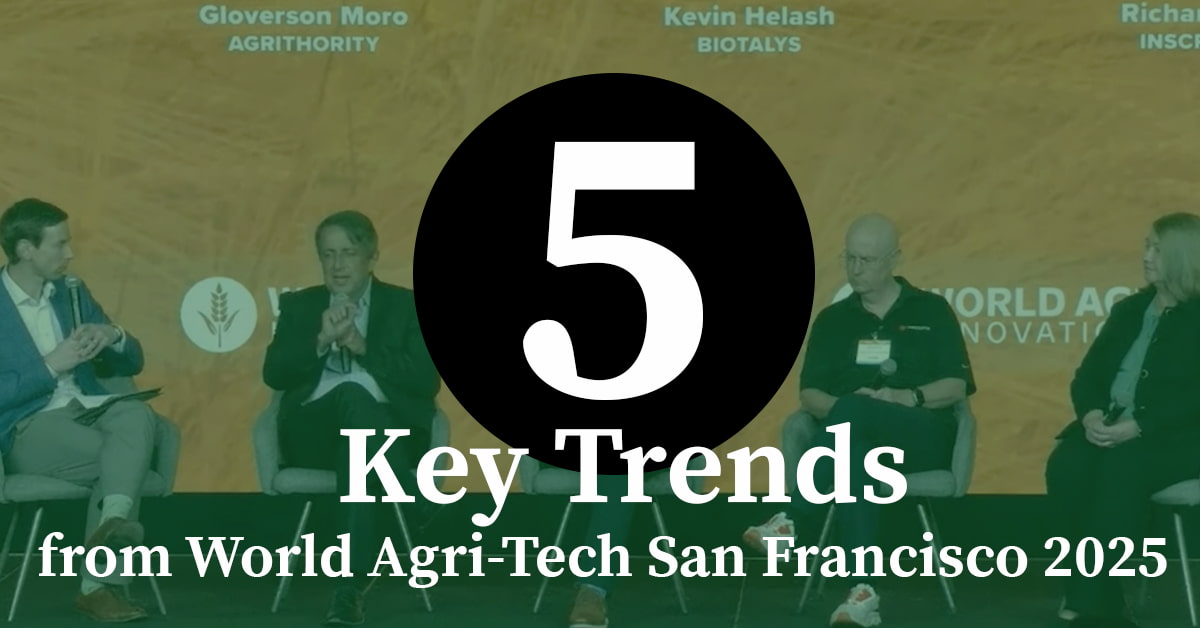The world population surpassed 8 billion in November 2022, and by 2050, 70% of the world’s population is expected to be urban with middle class expected to be double in size. This growth will require the global agriculture industry to feed 40% more people and produce 70% more food, which amounts to producing 50% more crops and using 10% more land. To ensure enough safe and affordable food for the growing population, a sustainable approach must be applied.
However, growers face many challenges in the pursuit of sustainability. The scarcity of natural resources such as water and land for agricultural production continues to be a concern. Additionally, some traditionally used pesticide tools have less efficacy because of resistance issues.
Consumer demand has increased due to concerns over health and sustainability, and supermarkets are now speaking about zero residue and intensifying their demands to suppliers. Global markets are enforcing regulations aimed at the elimination of synthetic chemicals in food production and the agri-food system, and the cost of farm inputs are rising. Finally, economic and political hurdles present challenges for the implementation of sustainable practices on a large scale.
With all of these challenges, how can growers meet the demands of the growing population and produce sustainably and profitably? These conversations were at the forefront of the World Agri-Tech South America Summit last week in São Paulo. Throughout these conversations, three trends emerged.
When your Research is ready for Development, turn to AgriThority® for scientific product, business, and market expertise. We will work with you to identify key insights, deploy effective strategic moves or to support your development of new innovations. Our international footprint, combined with our deep understanding of market and producer dynamics, helps you leap hurdles and overcome barriers in your move toward successful commercialization. Contact us to discuss your R&D challenges.
- CONNECTIVITY: Data, digitization, mapping and automation of activities throughout the entire production process are quickly gaining adoption in the daily life of rural producers. Technologies that capture and manage data help growers identify bottlenecks in logistics, marketing, application of inputs, monitoring of crops, harvest and phytosanitary threats. Drones, apps, and software are becoming just as normal as seed, chemicals and equipment.
- SUSTAINABILITY: The demand from the population, regulatory bodies, and governments to produce healthier and nutritious foods is stronger than ever before. It’s imperative for growers to embrace technologies that are safe, traceable and don’t harm the environment. Climate change, economic crises and hunger are serious issues that are interlinked and will require great efforts, mobilization, and long-term planning.
- CARBON-ZERO: The development of a carbon market is fundamental to protecting the environment and containing climate change as it would create incentives for the farmer to capitalize and produce more. Initiatives like plant breeding, precision farming, digital tools, cover crops, no-till farming and microorganisms are effective actions that help to reduce the Greenhouse Gas (GHG) emissions.
When your Research is ready for Development, turn to AgriThority® for scientific product, business, and market expertise. We will work with you to identify key insights, deploy effective strategic moves or to support your development of new innovations. Our international footprint, combined with our deep understanding of market and producer dynamics, helps you leap hurdles and overcome barriers in your move toward successful commercialization. Contact us to discuss your R&D challenges.



